Please note: As we continue to learn more about COVID-19, the information in this article may change. You can find our most up-to-date information about coronavirus here.
As this highly abnormal school year gets underway, you probably have questions about returning to school. To help you, we’ve compiled some FAQs about COVID-19 transmission in children, masks, school buses, physical distancing at schools and more.
Will my child infect other family members?
Available evidence has revealed that children, especially those under 10 years of age, are less likely to spread the virus to others. Studies from South Korea, Australia, Ireland and The Netherlands have shown that young children were usually infected by other family members and not the initial source of infection. However, children 10 and older appear to be similar to adults in spreading the virus.
What kind of face covering should I use?
There are many types of face coverings available. A recent study by researchers at Florida Atlantic University tested several types of face coverings and found that the best face covering for home and the community was the cloth face mask made with at least two layers of cotton cloth and stitched together. Higher count cotton material and more layers worked the best. A commercially-available cone-shaped mask also worked well.
- Recommended: homemade or store bought face coverings with multiple layers of fabric. The mask needs to be the appropriate size for the child’s face and fits snugly to the sides of the face and the child can breathe easily.
- Not Recommended: bandanas, neck gaiter or masks with exhalation valves or vents.
Check out Dr. Bear’s video on how to wear a mask.
At what age should my child wear a mask?
Children older than 2 years can usually wear a mask for a period of time. Like any new activity, wearing a mask will take practice to allow the child to tolerate mask-wearing for a long period of time. Parents should remind children to not touch their face when wearing a mask. It also helps to model good behavior by having adults wear masks in public areas or around other people to normalize the behavior. Most children with medical conditions including asthma are able to wear masks as well.
How and when do I need to be physically distant from other family members at home?
If you or your child is ill, it is important to keep physical distance from others in the family, even from your pets. Identify one person to take care of the person who is ill. Both the caregiver and the ill person should keep a distance of 6 feet from other family members. Avoid touching animals or pets. If possible, reserve a separate bathroom for those that are sick that is not used by other family members. If this is not possible, then clean surfaces with disinfectant after use by the person who is ill. If weather permitting, open windows and doors to increase air circulation. See the CDC website for how to protect others when a family member is sick.
Even if everyone is well, frequently touched surfaces (door knobs, light switches, refrigerator door, etc.) should be cleaned daily. See the CDC website on how to protect yourself and others for more information.
What is recommended to keep students physically distant at school?
There are several strategies to keep students physically distant at school:
- First limit the number of students in class, depending on the size of the room, to allow at least three to six feet between students.
- Keep students and teachers in one class or cohort, particularly in elementary school, though this may be harder at the middle and high school levels. Limit switching students or teachers between classes.
- Hold class outside when weather permits or open windows and doors in classrooms to increase ventilation. Fans, however, are discouraged to avoid spreading air particles.
- Stagger start times to limit the number of students in the hallway or school entrances.
- Use Plexiglas in areas that do not allow distance or when masks cannot be used – lunch, certain types of instruction, etc.
- Mark the floor to remind students and teachers of spacing requirements.
Should my child play on the playground?
Physical activity is important for everyone and may help students concentrate during class time. Therefore, the risk of exposure on the playground does not outweigh the benefits of play for children. The most important factor is to wear masks, avoid touching your face and either wash hands or use hand sanitizer when finished playing.
Can my child ride the school bus or van?
Yes, but use good practices to physically distance students. Buses or vans create a close environment where viruses can be spread. It is important that students wear a mask when traveling in a school bus or van. If weather permits, keep the windows on the bus open to allow for good flow of air. Seating should be limited to 50% occupancy or one student per seat in a school bus. Students should board and exit the bus in an organized manner allowing 6 feet spacing between students in the aisle. Students should wash hands or use hand sanitizer after exiting the bus. The bus should be cleaned after each trip to include seats, handles and windows.
What if my child becomes sick?
If your child becomes sick, you should notify your school so they can determine when your child can return to school and monitor your child’s class/cohort for signs of illness.
Do not send your child to school if he or she has any of the following:
- Fever
- Coughing
- Sneezing
- Runny nose
- Diarrhea
- Vomiting
- Headache
- Sore throat
What if someone in my child’s class gets sick?
Children less than 10 years old appear to be less likely to spread the COVID-19 virus, but we are learning more each day as children return to camp, daycare and school. If your child is exposed to a person who is sick, monitor your child for fever or other symptoms. If fever or symptoms develop, contact your child’s health care provider. In addition, your school will inform you if any additional monitoring or self-quarantine needs to occur.
Should my children receive their vaccinations?
Children need to be protected against vaccine-preventable diseases. Well-child visits and vaccinations are essential services and help make sure children are protected. Children who are not protected by vaccines may be more likely to get diseases like measles and whooping cough. It is extremely important for children and family members to obtain your flu shot this year.
As communities are opening up, it’s important for parents to work with their children’s doctor or nurse to make sure their children stay up to date on routine vaccines.
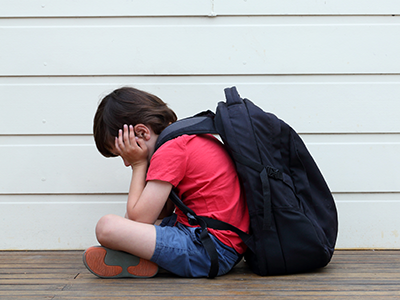 https://riseandshine.childrensnational.org/wp-content/uploads/2021/08/sad-boy-with-backpack-feature.png
300
400
Rise and Shine
https://riseandshine.childrensnational.org/wp-content/uploads/2017/11/childrens_riseandshine_logo.jpg
Rise and Shine2021-08-25 14:31:312025-05-07 09:38:39Addressing school-related anxiety in children
https://riseandshine.childrensnational.org/wp-content/uploads/2021/08/sad-boy-with-backpack-feature.png
300
400
Rise and Shine
https://riseandshine.childrensnational.org/wp-content/uploads/2017/11/childrens_riseandshine_logo.jpg
Rise and Shine2021-08-25 14:31:312025-05-07 09:38:39Addressing school-related anxiety in children


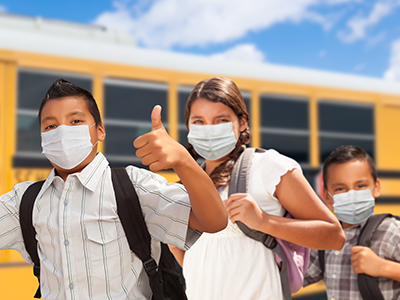
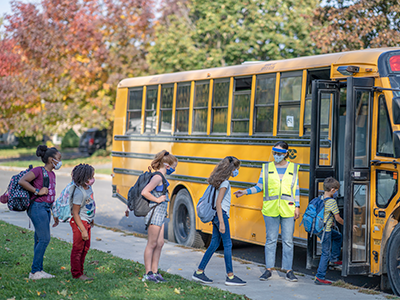
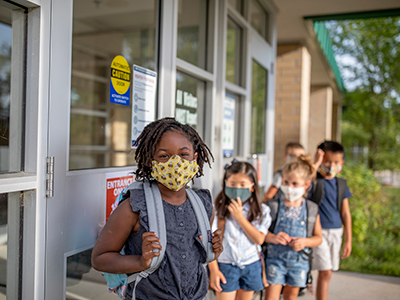
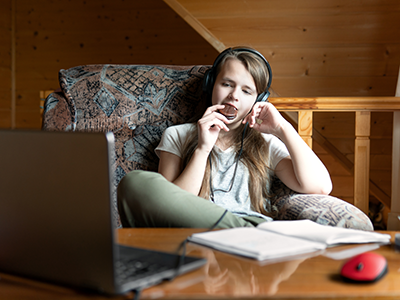

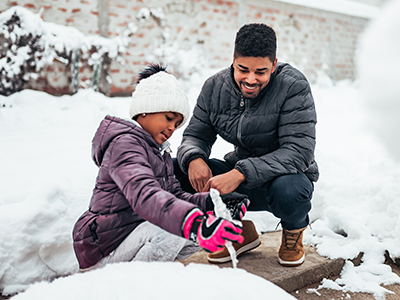
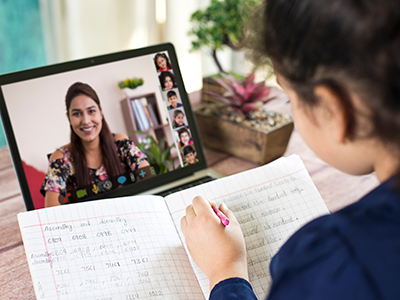

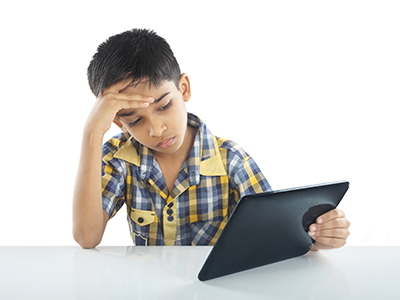
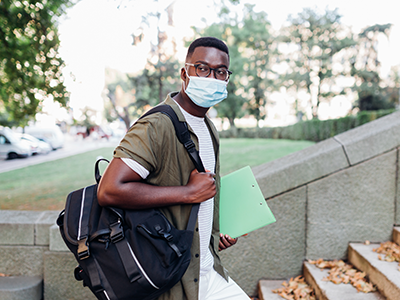
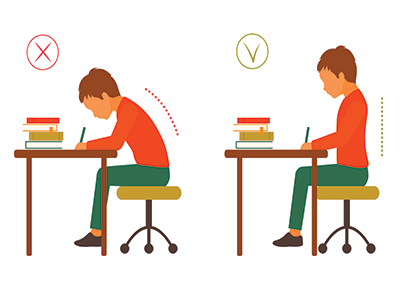


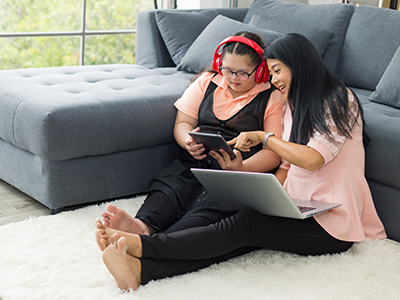
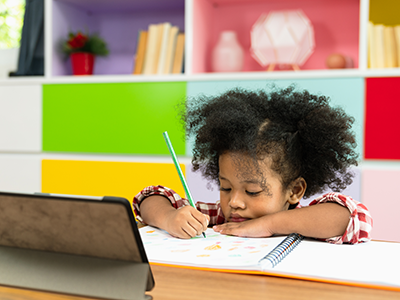

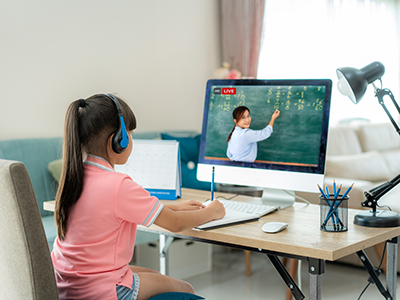
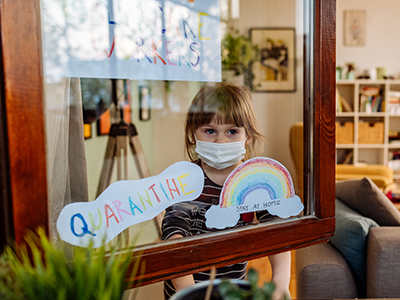
Leave a Comment
Want to join the discussion?Feel free to contribute!